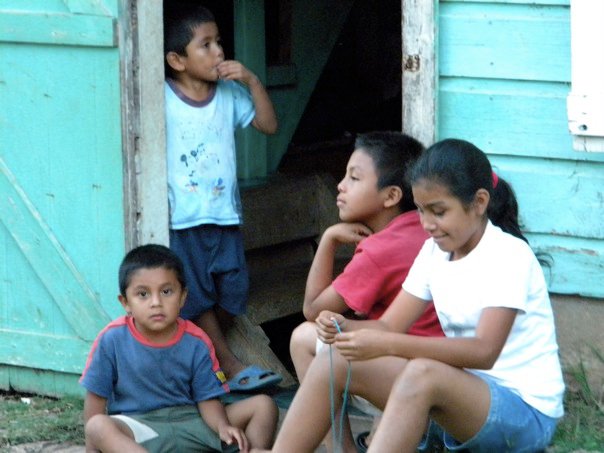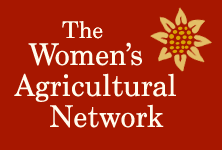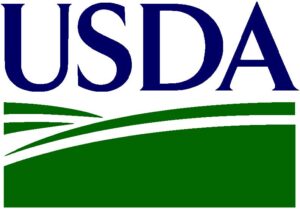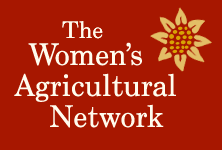Hunger and food insecurity are getting worse across the world. This is the thought that has been streaming through my mind regularly since I did a presentation for a class of UVM undergrads who are traveling to Belize next week as part of the Hunger and Food Insecurity course. I used to lead the trip, but not this year because I am taking a break to spend time with my 7-year old daughter. However, I can’t seem to let go of reflecting on the topic, probably because it is so distressing.
It is difficult to put a positive spin on hunger, despite the palpable excitement of the young women anticipating their trip. The data is bleak. In preparing for the class I was reminded that there are currently over 1 billion undernourished people across the world, and the numbers are getting worse. Shockingly, the typical poor consumer spends an average of 40% of his/her income on staple foods. Those who suffer most from food insecurity are the rural landless, female-headed households, and the urban poor. As developing countries have become more integrated into the world economy, they have, unfortunately, simultaneously become more vulnerable to world market shocks.
Examples of typical coping mechanisms for families faced with food insecurity are to sell assets such as livestock, purchase less nutrient-dense foods, decrease expenses on education and healthcare, redistribute food among family members so that those in greatest need get fed, and/or migrate. It probably comes as little surprise that people who live in rural communities and are able to produce their own food do much better than others.
While the international numbers are staggering, so is the data right here in Vermont. It is estimated that almost 14% of the Vermont population is food insecure, with 6% falling in the “very low food security” category (Economic Research Service, 2011). The safety nets which are in place to feed our friends and neighbors obviously fall short of fully meeting food needs. I believe that a starting point for building greater food security is for people to agree that food is a basic human right. The right’s based approach provides a foundation for analysis, action and accountability that is otherwise lacking. If you are inspired, next time you find silence in a conversation with your friends or colleagues, ask what they think about the right to food. If the question is posed just before you share a meal, the level of interest might be that much greater!
For more information about U.S. and international food insecurity contact Linda Berlin at the Center for Sustainable Agriculture.






